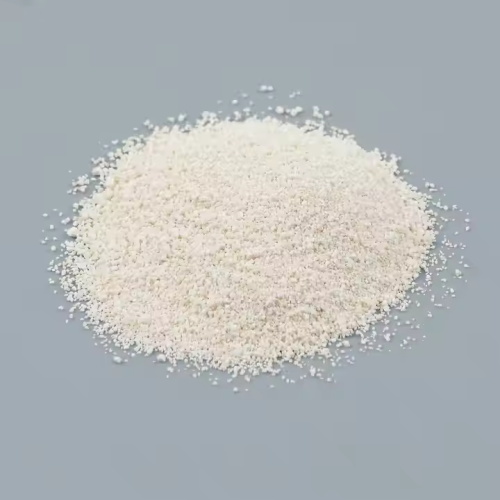-
Make a Call : +86 551 63500087
-
Get A Estimate : sales@gnfchem.com
What Are You Looking For?
What Are You Looking For?
Make a Call : +86 551 63500087
Get A Estimate : sales@gnfchem.com

What is the role and efficacy of activators?
Aug 01, 2025The core mechanism and classification of active agent
surfactant is a class of chemical substances that can significantly reduce interfacial tension and improve the surface properties of substances, and its molecular structure contains both hydrophilic and lipophilic (hydrophobic) groups, and this “amphiphilicity” makes it able to be arranged in the different phase interfaces (such as oil-water interfaces and solid-liquid interfaces), so that it can play a variety of functions. This “amphiphilicity” enables them to be oriented at different phase interfaces (e.g., oil-water interface, solid-liquid interface) and thus perform multiple functions. According to the chemical structure and properties, active agents are mainly divided into two categories: inorganic active agents and organic active agents:
Inorganic active agents: including oxides (e.g. zinc oxide), hydroxides (e.g. calcium hydroxide), etc., mainly used in industrial scenarios, such as rubber vulcanization, which can improve the efficiency of vulcanization1.
Organic active agents: covering fatty acids, amines, soaps, and surfactants, etc., of which the surfactants are the most widely used, and can be further divided into anionic (e.g. anhydrous) types (e.g. solid-liquid interfaces) by the ionic types They can be further divided into anionic (e.g. sodium straight-chain alkylbenzene sulfonate), cationic, nonionic (e.g. fatty alcohol polyoxyethylene ether) and amphoteric14.
Main roles and application scenarios of surfactants
Emulsifying and dispersing roles
Emulsifying is one of the most core functions of surfactants, which can make immiscible liquids (e.g. oil and water) to form stable emulsions by lowering the interfacial tension between oil and water. Examples:
Cosmetics: In products such as face creams and shampoos, surfactants mix oil and water evenly to ensure a fine and stable texture.
Food industry: used in the production of salad dressings, ice cream, etc., so that the oil is dispersed into tiny droplets to improve the taste and shelf life.
Pharmaceutical field: Preparation of emulsion drugs (e.g. intravenous fat emulsion), to improve the solubility and bioavailability of drugs.
Solubilizing effect
After forming micelles in water, surfactants can wrap and dissolve insoluble or slightly soluble organic substances (e.g. spices, drugs) to form a transparent solution. For example:
Daily chemical products: solubilizing fragrances in shower gel to avoid stratification or precipitation.
Pharmaceutical field: increase the solubility of insoluble drugs to enhance the efficacy of .
Summary
active agent through the interfacial nature of the regulation, in the industry, daily chemicals, pharmaceuticals, food and other fields to play an irreplaceable role. Among them, surfactants are dominated by emulsifying, solubilizing and washing functions, while special bioactive agents (e.g., bovine lung surfactants) have important medical values. In the future, new green surfactants (e.g., degradable, low irritation types) and their application in the fields of new energy and environmental protection will become the development trend.

Hi! Click one of our members below to chat on